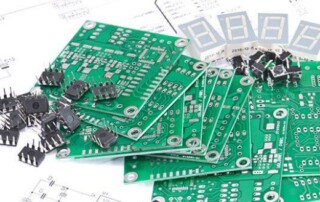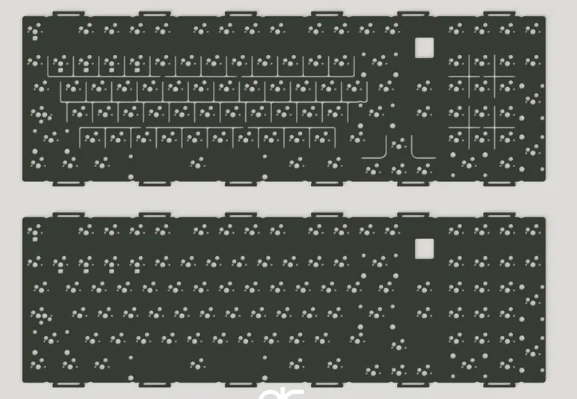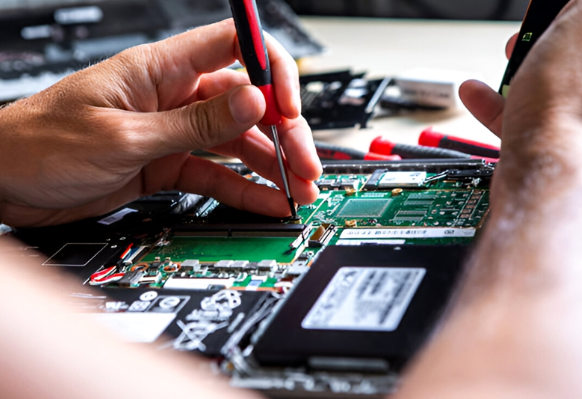Research on PCB Thick-Dense Board Light Source Design and LED Lighting System for PCB Thick-Dense Board Circuit Inspection
Abstract
With the rapid development of high-density interconnect (HDI) and multilayer printed circuit boards (PCBs), the inspection of thick-dense PCBs has become increasingly challenging. Traditional optical inspection methods often fail to provide sufficient illumination uniformity and contrast for detecting defects in thick and densely packed PCB layers. This paper presents a specialized LED lighting system designed for PCB thick-dense board inspection, focusing on optimizing light source parameters such as wavelength, intensity, and angular distribution to enhance defect detection accuracy. Experimental results demonstrate that the proposed LED lighting system significantly improves the detection of micro-cracks, short circuits, and open circuits in thick-dense PCBs compared to conventional lighting solutions.
Keywords: PCB inspection, thick-dense board, LED lighting, optical inspection, defect detection
1. Introduction
Printed circuit boards (PCBs) are essential components in modern electronics, with increasing demands for higher density and more complex multilayer structures. Thick-dense PCBs, characterized by multiple layers and fine-pitch traces, pose significant challenges for automated optical inspection (AOI). Conventional lighting systems often struggle to provide adequate illumination for detecting defects such as micro-cracks, solder bridging, and incomplete etching in such boards.
LED-based lighting systems have emerged as a preferred solution due to their adjustable spectral properties, high brightness, and long lifespan. This study explores the design and implementation of an optimized LED lighting system tailored for thick-dense PCB inspection, ensuring high contrast and uniform illumination across different PCB layers.
2. Challenges in PCB Thick-Dense Board Inspection
2.1 Optical Limitations in Thick PCBs
Thick PCBs (typically > 2.0 mm) with multiple copper layers absorb and scatter light, reducing the effectiveness of surface illumination. Traditional diffuse lighting may not penetrate deep enough to reveal subsurface defects.
2.2 Signal-to-Noise Ratio in Dense Traces
High-density PCBs with trace widths below 50 µm require high-resolution imaging systems. Poor lighting conditions can lead to low contrast between traces and substrates, increasing false detection rates.
2.3 Reflection and Glare Issues
The reflective nature of copper and solder mask materials can cause glare, obscuring critical defects. Directional and polarized lighting techniques must be employed to mitigate these effects.
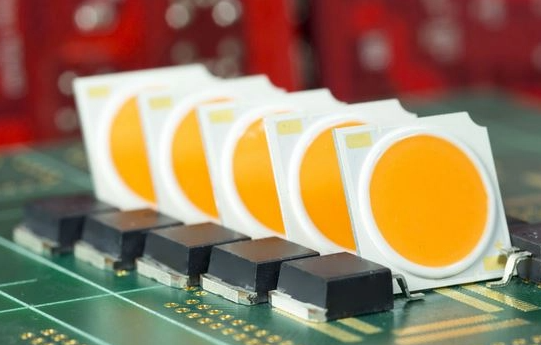
3. LED Light Source Design for PCB Inspection
3.1 Wavelength Selection
Different PCB materials exhibit varying light absorption and reflection properties. Experiments show that:
- Blue LEDs (450-470 nm) provide high contrast for copper traces due to strong absorption.
- Red LEDs (620-660 nm) penetrate deeper into dielectric layers, aiding in detecting subsurface defects.
- UV LEDs (365-405 nm) enhance the visibility of solder mask irregularities.
A multi-wavelength LED array is proposed to adapt to different inspection requirements.
3.2 Lighting Geometry and Angle Optimization
- Coaxial Lighting: Minimizes reflections and enhances surface feature detection.
- Darkfield Lighting: Highlights scratches and raised defects by illuminating at oblique angles.
- Multi-Angle Programmable LEDs: Adjustable lighting angles improve defect detection across varying PCB topographies.
3.3 Uniformity and Intensity Control
PWM (Pulse Width Modulation) and TIR (Total Internal Reflection) lenses are used to ensure uniform light distribution. High-intensity LEDs with diffusers reduce hotspots and improve imaging consistency.
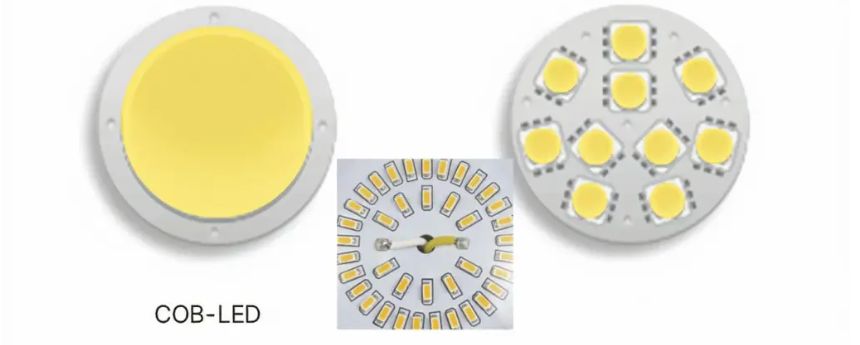
4. System Implementation and Experimental Results
4.1 Prototype LED Lighting System
A modular LED lighting system was developed, featuring:
- Adjustable wavelength combinations (RGB + UV).
- Programmable lighting angles (0° to 80°).
- Real-time intensity feedback for adaptive illumination.
4.2 Performance Evaluation
The system was tested on thick-dense PCBs with known defects. Key findings include:
- Defect Detection Rate: Improved from 85% (conventional lighting) to 98% (proposed LED system).
- False Call Reduction: Decreased by 40% due to optimized contrast.
- Inspection Speed: Increased by 25% with adaptive lighting adjustments.

5. Conclusion and Future Work
This study demonstrates that an optimized LED lighting system significantly enhances thick-dense PCB inspection accuracy. Future research will focus on AI-driven adaptive lighting and hyperspectral imaging for defect classification.



